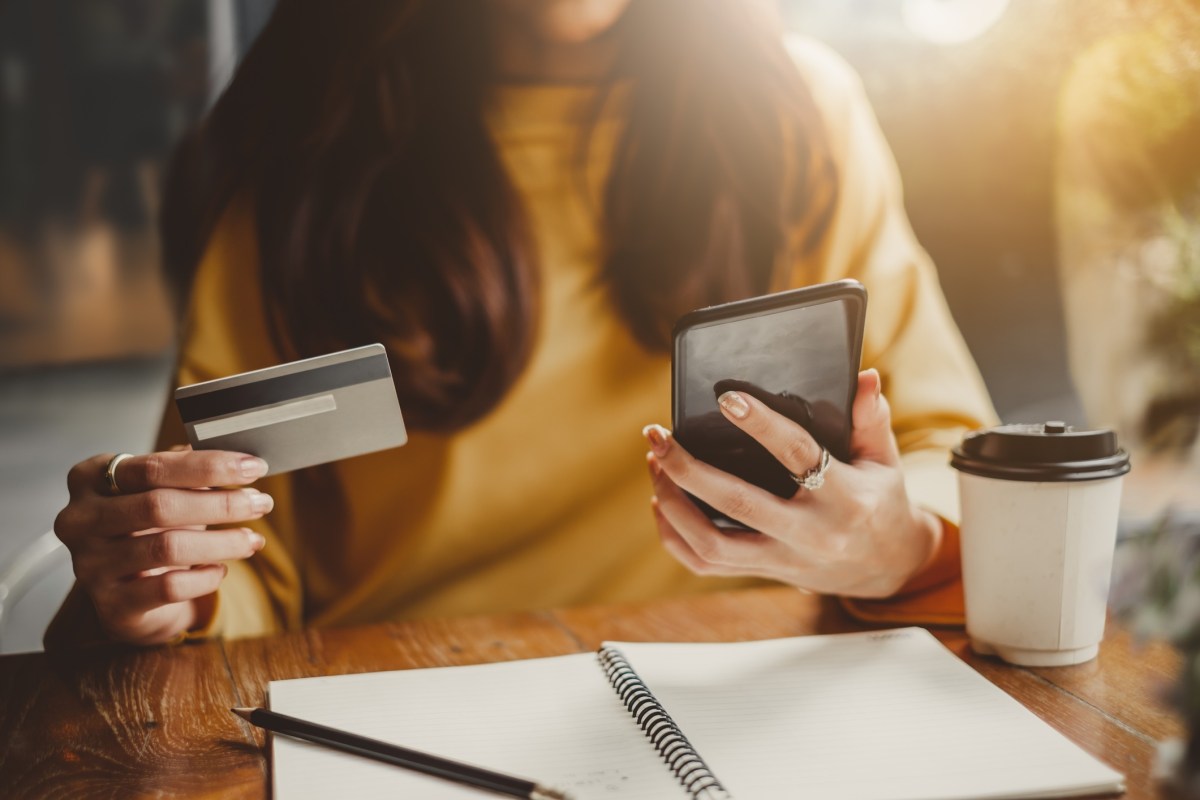The current epidemic has boosted online and remote retail purchasing in a way that we’ve never experienced before. In late April, Australia Post was delivering 1.8 million parcels a day, online department store purchases were up 473%, and fashion purchases had trebled (up 203%).
Shoppers were also encouraged to ‘click and collect’ rather than browsing physical stores. Across Australia, people adapted changes in the way they shop – but their expectations for quality customer experiences have remained stronger than ever.
Brands have been set on a path of rapid digital transformation and are under significant pressure to serve changing preferences and expectations – across every channel. Not only must they adapt their strategies to meet current demands, but also prepare for lasting changes in customer behaviour. Some stores are now reopening, albeit with strict social distancing rules. But many businesses will decide to remain online-only, or maintain a mix of the two. Those that do maintain both need to ensure they’re delivering a quality customer experience across the entire sales journey, as well as shore up their remote selling procedures – including payments handling.
Here are five best practices for serving customers remotely while keeping your employees safe and your payments secure.
Use a webshop to accept payments quickly
If you’ve not already set up your website to sell direct to customers, converting it into a virtual ‘webshop’ is the fastest way to accept payments without hosting your own payment form. It can quickly be deployed by setting up a hosted checkout page. The page can be coordinated to match your established site, and includes built-in risk checks and secure authentication. You can also choose to accept a mix of payment methods based on the customer’s location.
Do more with email and chat
If your business is built on a foundation of personal interaction with customers, you should continue to provide updates and information to loyal customers via email, social media Q&As or live chat. This is particularly important if customers aren’t comfortable visiting in-store just yet, or if you’re moving to online-only.
These channels have so much potential beyond customer service. You can also enact payments via a link that is pasted into the email or chat thread. Or use this strategy to cover services that aren’t yet displayed on your website, like additions to existing orders, shipping upgrades and repair services. Payment links are simple and easy to use additions to any retail business. They can be set up within minutes, either as individual links (e.g. for a certain purchase or to represent one salesperson) or connected to a broader campaign.
Operationalise your remote contact centre
Over the past months, many retailers have stopped taking calls from their shopfronts to keep their teams safe. Customer service representatives have set up remote contact centres from home, or in other socially-distanced working environments, to ensure they can continue delivering quality customer experiences. While a call can be taken from anywhere, processing payments in these environments has been more difficult.
Payments require a secure environment to capture payment details in a compliant way. Cyber criminals are likely to target remote call centres since the unsupervised transactions can be vulnerable. But, by issuing the customer with a payment link, the payment becomes an ecommerce transaction. This means it’s protected by your online risk settings, which include secure customer authentication where necessary.
By using payment links, retailers can take calls from their home or various other workspaces and text or message payment links to customers during the video or voice call. The customer receives a notification once the payment is complete and it has transacted safely and securely. The retailer can also offer contactless pick-up or delivery to create a seamless customer experience in a way that suits the customer’s preferred level of physical interaction.
Make B2B payments simple
Payment links can also be used to make a secure transaction between you and your corporate clients. Retailers can provide payment links to their business customers who wish to pay for products or services by company card. These can be issued directly to business clientele once the service is complete, avoiding confusion around how to make a payment online, or concerns about accessing corporate funds.
Help stores reopen safely
Many of the businesses we speak to are planning to employ distance-selling from their stores once they’ve reopened. In-store staff can also use payment links to notify regular shoppers of items being in-stock and issue a link once a shopper is ready to buy. The items can then be delivered to the customer’s home the same day, keeping contact to a minimum but still providing the instant gratification of an in-store experience. Other stores are planning to use payment links to allow customers access to stock from local stores while still keeping their distance.
By employing these tips and tricks, you can ensure that your business is prepared for remote retailing – from anywhere, at any time.

